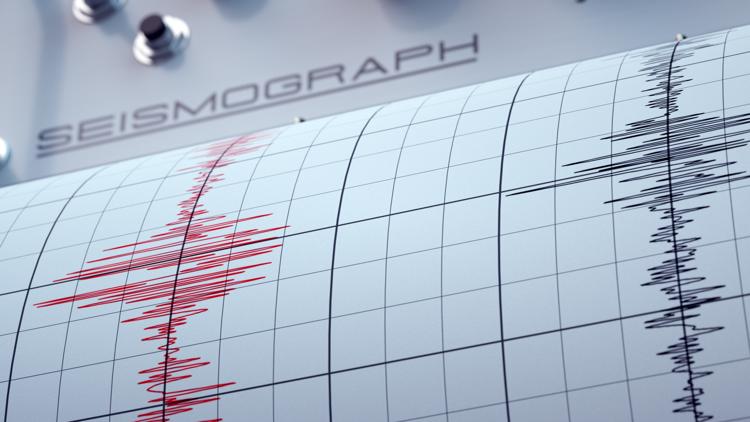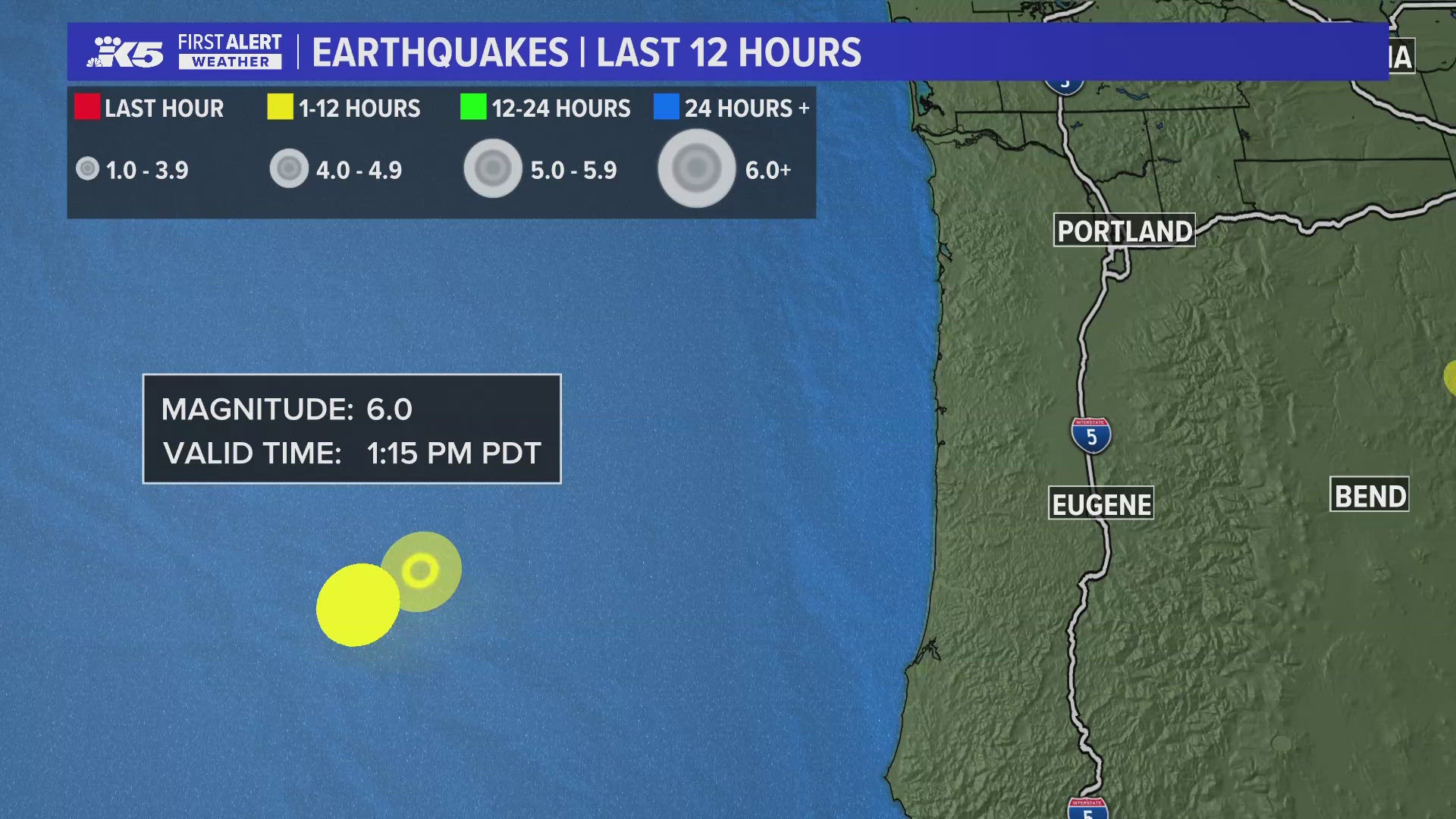TOFINO, BC — The active earthquake zone continues to shake in the waters off Vancouver Island.
A 5.0 magnitude earthquake was recorded on Friday morning, just a day after a flurry of quakes in the same area of the ocean on Wednesday and Thursday.
As with the many other earthquakes nearby, no tsunami alert of any kind was issued for Friday's quake.
The swarm of earthquakes is concentrated "near the intersection of the northern Juan de Fuca Spreading Ridge, the Sovanco Fracture Zone, and the Nootka Fault Zone," said Dr. Andrew Schaeffer of the Geological Survey of Canada.
Schaeffer added that though there have been more than 200 earthquakes in this region in the past few days, the level of activity is "quite normal" for the region.
Earthquakes around western Washington
Many earthquakes in Washington state are linked to the motion of the Juan de Fuca Plate and the North American Continental Plate moving against each other as the Juan de Fuca Plate slips beneath the North American continent, according to the Pacific Northwest Seismic Network. This is called the Cascadia Subduction Zone.
According to the Washington State Department of Natural Resources, earthquakes happen in Washington every day, but most are too small to be felt. The state has the second highest risk in the U.S. of experiencing a large and damaging earthquake because of its geologic setting.
The Pacific Northwest typically experiences three types of earthquakes:
- Shallow fault quakes: Ruptures in faults located in the upper 18 miles of the Earth's crust. These earthquakes typically last 20 to 60 seconds and shaking is localized to the area near the fault, according to the DNR.
- Deep earthquakes: Deep faults happen when two tectonic plates collide and one plate slips beneath the other one. These quakes can impact a large area but are less intense.
- Subduction zone earthquakes: This earthquake results from the tension of an oceanic plate slipping beneath a continental plate. When enough stress builds, the fault will rupture, releasing a massive amount of energy. The Cascadia Subduction Zone has the potential for these types of earthquakes and has ruptured in the past. It is one of Washington state's biggest hazards, according to DNR.



